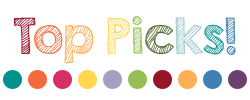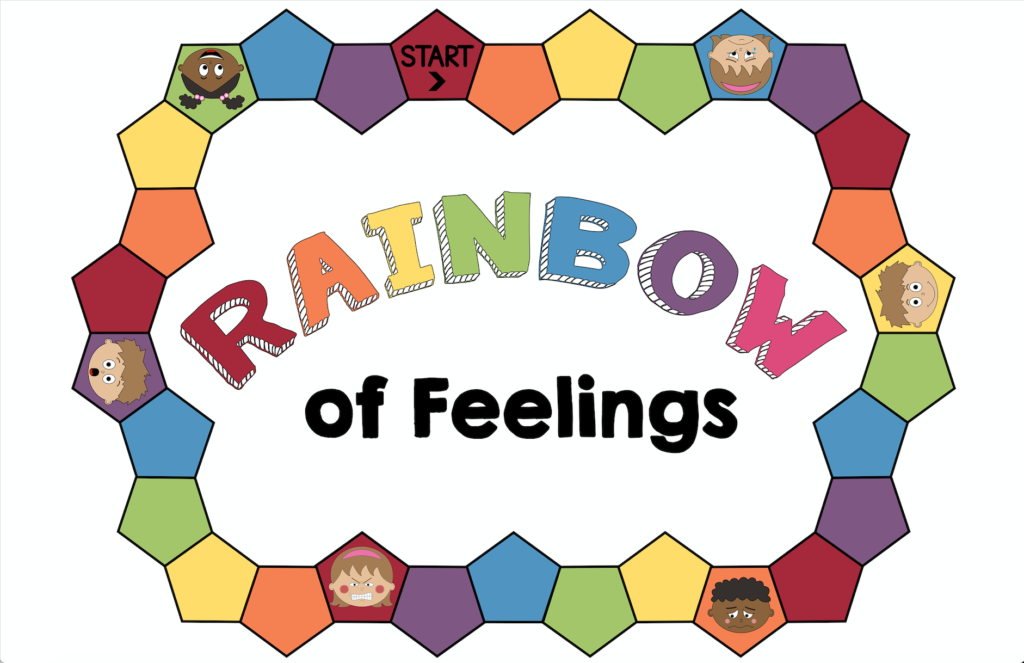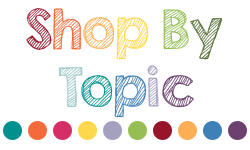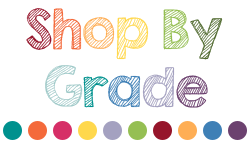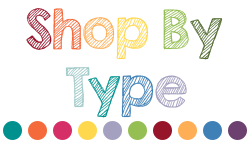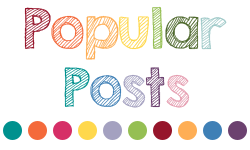
I’m really excited to share this new product with you because teaching social-emotional skills doesn’t have to be difficult! With Tab Books, students’ drawings, writing, and graphic organizers come together to create a customized book they can be proud of and use a reference whenever they need reminders! Great on their own or as part of an Interactive Notebook, Tab Books are a tried and true way to get your students excited about learning! I have my students for 30 minutes sessions and they usually take 2-3 sessions to complete.
This book helps students improve their self-esteem and self-concept by learning and discussing the things that make them unique.
The best part? Print and go. No fancy supplies or prep needed!


I have several other tab books and I’m planning to add more in the future, so check back often for new ones! Any topics you’d like to see? Leave them in the comments!

